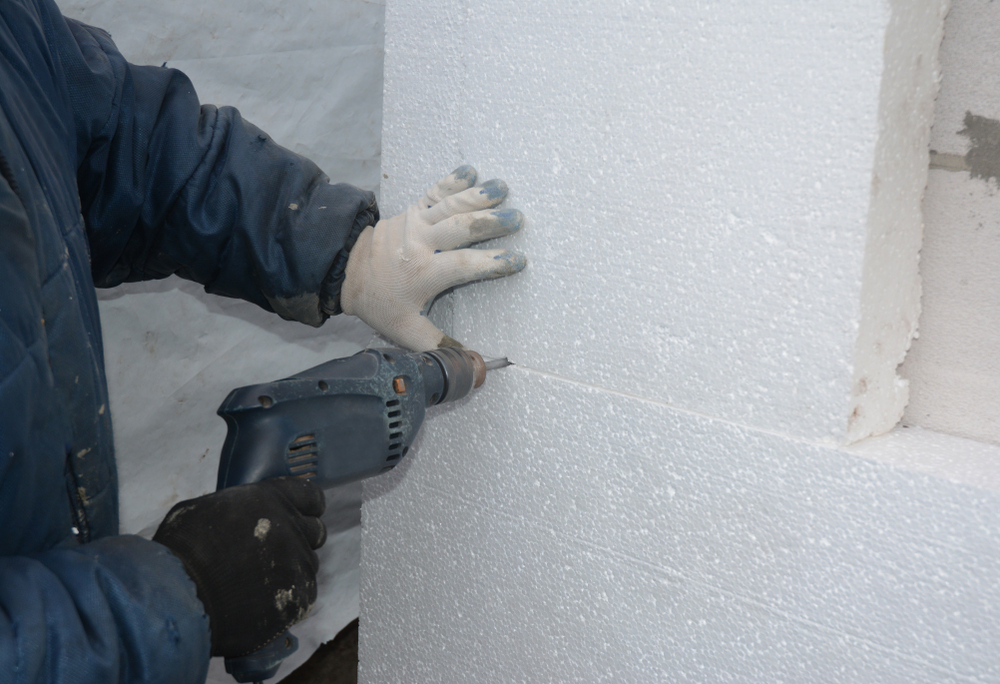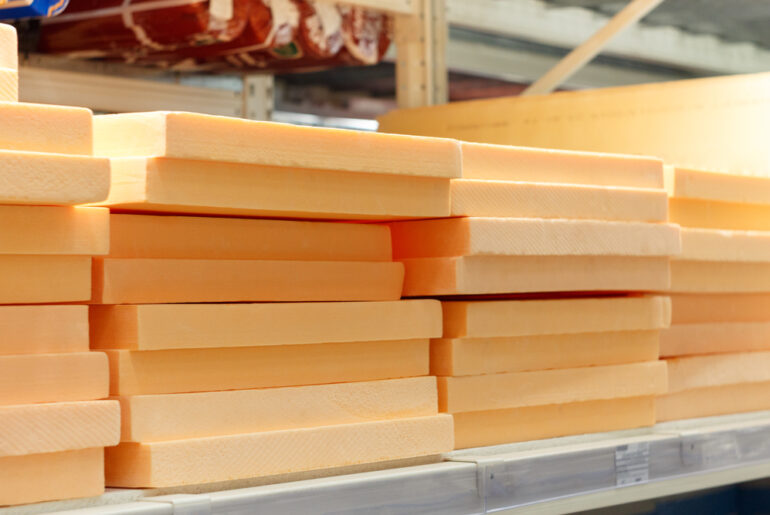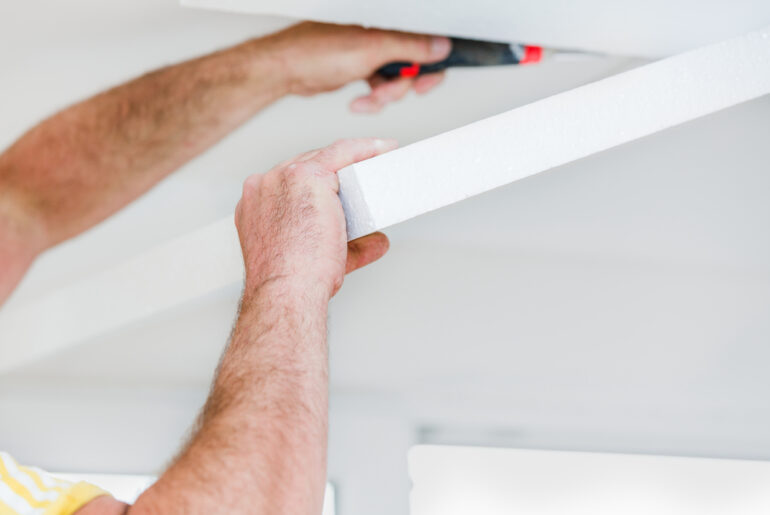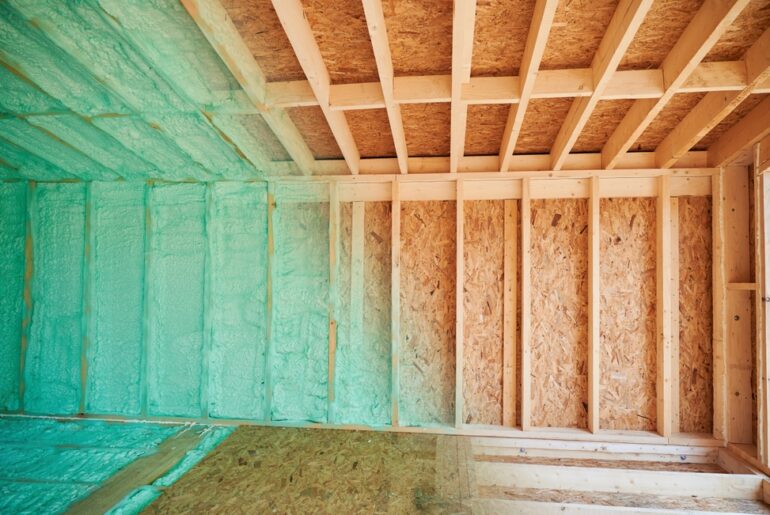Rigid foam insulation board is a very versatile product that can be used in many home upgrades and is a great choice when energy saving is high on the list.
However, many manufacturers recommend that you limit the number of cuts you make in order to maximize efficiency. This is good advice, but if you are on a budget how can you minimize the amount of waste during the works?
A great way to save money while maintaining performance of your foam board is to ensure any joins are sealed effectively, and it’s worth taking time to do it properly.
Here’s our guide to joining your foam boards like a pro.
What Adhesives Are the Best to Use?
1. Latex-Based Adhesives
Perhaps the best and most versatile of the adhesive range, latex based adhesives are perfect for joining all types of rigid foam insulation board. They set in about 20 minutes and are completely cured in seven days.
Ideal for filling any small gaps it has a low VOC rating (volatile organic compounds) and will not burn through or otherwise attack or distort either polystyrene, Styrofoam or polyiso board. Loctite makes a range of these adhesives, such as their PL300 formula, in cartridge format, so they are straightforward and easy to use on any renovation or retrofit project.
2. Spray Adhesives
These are great for use outdoors or in a well-ventilated area. Some people find the smell somewhat unpleasant, but whatever the circumstances a respirator mask is always recommended when using airborne spray products.
3M77 is a clear, lightweight spray adhesive that is durable and long lasting. It is resistant to mechanical stress, i.e. movement, and is very quick drying so you do not have to wait long to carry on with your project.
3. Craft Adhesives:
You will see these glues in every craft shop and home store and UHU makes one for polystyrene and another for Styrofoam. These adhesives are less likely to be sold in the quantities required for a major home renovation and insulation upgrade project, so perhaps they should not be seen as a first choice unless you have only a small amount of jointing to do.
Weldbond makes another glue that is said to stick absolutely anything and is also sold as a sealant, making it ideal for bonding your rigid foam board insulation. It is sold in a variety of formats and is a more cost-effective product.
4. PVA or Wood Glue Adhesives:
The carpenters among you might be pleased to know that PVA, or timber adhesive can also be used to glue two pieces of foam board together, however, they will also be well aware of the limitations of PVA. Drying times can be quite long, which could be an issue if you are working outdoors.
Once PVA has set it is pretty unmoveable, provides a very secure bond and is highly water resistant.
5. Cyanoacrylate Adhesives:
Cyanoacrylate adhesives, such as the Permabond 940 perform well at all temperatures and might well be a good choice for those most Northerly climate zones. It is best used when surfaces are tight fitting and there are few gaps to fill, i.e. when bonding two machined edges.
The Best Methods for Connecting Two Pieces of Foam Board
- When putting together pieces of rigid foam board insulation to make up a larger section butt both pieces up against each other and ensure they are a tight fit. Sometimes when cutting, the knife blade may go astray, so it might be necessary to recut to close any gaps as much as possible.
- Once you are happy with the join, use a weather-tight to hold the pieces together. Turn the section over so that the tape is on the bottom, then fold the two pieces open using the tape as a hinge and make sure the surfaces to be glued are clean, dry, and dust free.
- Apply the glue to the surfaces to be joined and then press the two glued edges together firmly. Clean off any excess, then apply tape to this side too to ensure an effective seal.
- Alternatively, you could use a mastic-style latex adhesive to fill and seal the joints while the rigid foam board insulation is installed in situ. Simply apply the adhesive to all faces to be joined before pushing the next piece of insulation tight up against them. It is a sensible idea to fit these pieces together ‘dry’ first to make sure they are as close fitting as possible.
- Clean off any excess immediately as latex adhesive can create a solid bond with the foam. When it has completely cured, latex insulation will be impossible to remove without breaking off some of the underlying foam board.
- There are some interlocking foam insulation panels on the market, used for external wall insulation and for insulating beneath a concrete pad. The advice is that taping these joins is always best practice to be confident of the join in the longer term.





